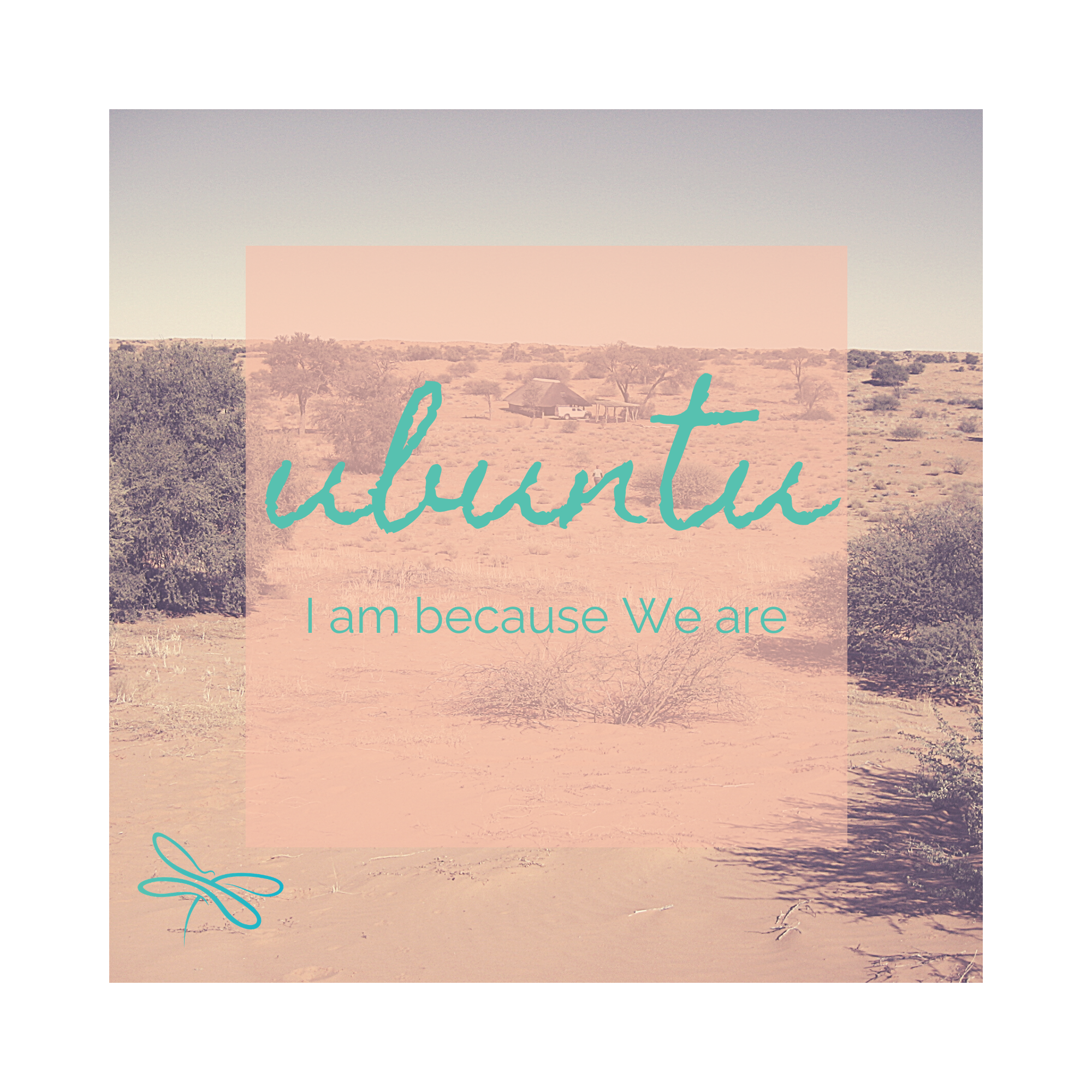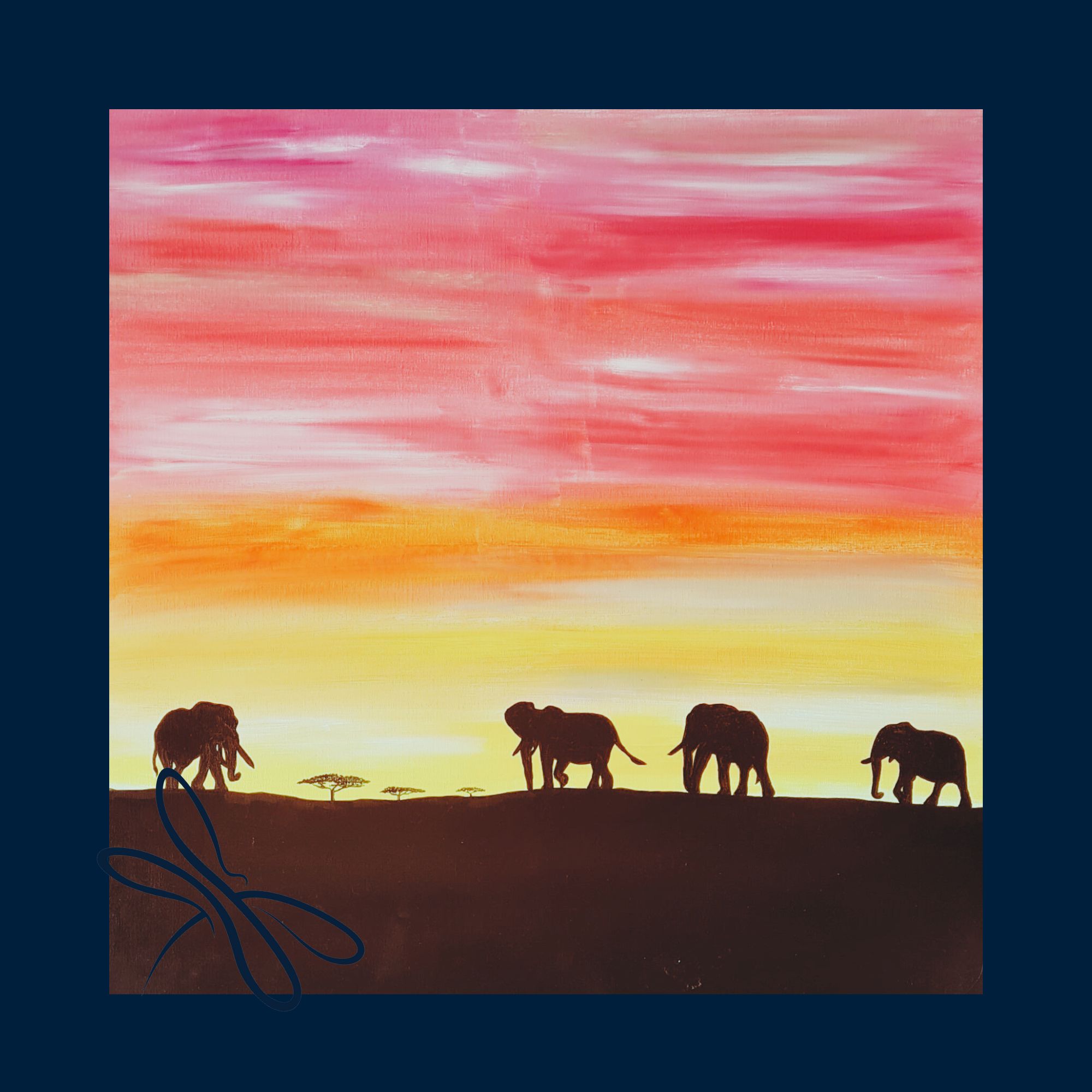Nature
Explore Nature – both your inner spaces and the places around you
Nature of Belonging
Belonging is a tricky path to navigate. It has internal and external aspects to it. Watch the presentation to delve a little deeper into the Nature of Belonging.
Nature of Family
What is Family? These days families come in all different shapes and sizes. This wonderful variety and less rigid structures than in the past, allows for each of us to find our own sense of healthy connection with kin. Have you ever thought about the kind of family you have now or the kind of family you want in the future?
Much has been written about our psychological development as human beings. I have chosen to refer to the work of Richard Barrett, president of the Barrett Academy for the Advancement of Human Values.
Family is so important in our development. As babies and then children we rely on our primary caregivers to help us meet our basic physical needs, but also for a sense of safety and protection. Around the age of 8 is when we start to look beyond our immediate caregivers for recognition and a sense of value within our broader community. This stage of development can continue into our mid-twenties. What is important to note, I think, is how family connections set the foundation for us as we venture into the world.
Looking at a diagram like this one adapted from Abraham Maslow’s Pyramid of Needs and Richard Barrett’s Seven Stages of Psychological Development inspires me to stay true to my life’s journey. Which stage of development do you think you are at right now? Where would you aim for in the future?
Nature of Connection
The Nature of Connection is universal. As a species we are hardwired for Connection. Besides our own intuition as to the truth of this, there is a lot of published research that backs this up. I would recommend the work of Brené Brown on the subject.
Connection is the energy that exists between people when they feel seen, heard and valued; when they can give and receive without judgement; and when they derive sustenance and strength from relationship.
Brené Brown
Our need for Connection goes deeper than to just ourselves and our closest Family. This broader Connection is the focus of our reflection here.
UBUNTU– I am because we are.
Ubuntu is a proverb that comes from Zulu tradition. It seems to me that many groups of African people have a similar philosophy in their world view.
I love this philosophy – that we share this experience of humanity as a collective. It comes with a wonderful sense of connection and belonging to others, but it also implies a great sense of responsibility for how we treat other people. We all share this human experience. What affects one will affect all.
Personally, I take the philosophy of Ubuntu one step further. “I am because WE are”. For me the WE includes all life on this planet. I share this experience of living with all life in Nature. This means I have a responsibility to tread lightly and mindfully – to treat Nature as I would want to be treated. What are your thoughts on this?
Adapted from zooaquarium.org.au
Nature of Compassion
Compassion is fueled by understanding and accepting that we’re all made of strength and struggle – no one is immune to pain or suffering… it’s a practice based in the beauty and pain of shared humanity.
Brené Brown
I highly recommend Brené’s book Atlas of the Heart: Mapping Meaningful Connection and the Language of Human Experience as a wonderful tool to explore the Nature of Compassion.
Just like people, in order to have positive mental welfare animals need the right kind of food, health care, environment and opportunity to express their natural behaviours.
The five domains model of animal welfare shown in the diagram should apply to any animals that interact with humans, like pets or domestic animals, and even the ones we may use as a food resource.
Using a model like this when looking after animals is one way we show compassion and kindness to these other living beings we share the planet with. These animals deserve to have positive experiences in their lifetime where possible, just like we do. The same goes for plants and trees.
Reflect on this idea of Compassion.
Nature of Mother Earth
As humans we rely on many ecological and environmental services that happen in Nature for our survival as a species. We are dependent on Mother Earth for the provision of resources, regulation of ecosystems to allow us to inhabit this planet and essential support services for life to function. And these days we often forget how deeply connected we are to Nature for our spiritual, aesthetic, inspiration and educational benefit.
A healthy, sustainable environment is associated with rich biodiversity functioning in dynamic ecosystems.
So, what is biodiversity? Many people think this term is just about the number of different types of plants and animals on the planet. It is so much more than that! Biodiversity is about the richness of all life on the planet.
People like me, who see life on this earth from a more philosophical point of view, would say that biodiversity has value just because it exists. Therefore, we have a responsibility to protect it. We also have a responsibility to step aside where possible and make changes that allow this rich life freedom to thrive.
Other people value biodiversity for the actual and potential resources it provides humanity in order for them to have a good quality of life.
Either way, it is clear that biodiversity is a good thing to have, and to conserve, and to protect.
If we don’t look after Mother Earth our own survival as a species is at risk. The future of your children and grandchildren is in jeopardy.
Over the past 100 years humans have been developing new technologies at a frantic pace. A lot of this technology has improved the life of millions, allowing more of our species to survive and to live longer. But only now are we beginning to realise the toll this has taken on Mother Earth.
At times, environmental issues like climate change can feel very overwhelming and we can feel that we are powerless to solve these immense problems. But the truth is that hope and encouragement start with awareness and education. With knowledge comes power to problem solve. If we can put our growing understanding together with our Connections to our Family and community Values, just think of what we can achieve!
Let’s be mindful of Mother Earth and show gratitude for how much she provides for us.
Nature of Coexistence
Coexistence – existing in the same time and space as All that is. Coexistence comes with a connotation of peaceful existence, of courage, of compassion. Coexistence is shared experience, the bitter and the sweet. We are all in this together.
Thriving Human-Wildlife Coexistence is the ultimate outcome of biodiversity conservation strategies and nature-based solutions for the environmental and social ills of our time.
Rewilding is one such nature-based solution used to promote biodiversity in ecosystems by reintroducing plant and animal species that have been driven out, particularly due to human actions. Returning these species to challenged ecosystems is a restorative process, re-establishing the natural dynamic.
Understanding the role of Keystone Species in an environment is a critical part of Rewilding. These are the species that define ecosystem function. Their absence forces radical change in an environment, often leading to imbalance and a loss of biodiversity. Most examples of keystone species are apex predators, but herbivores can also be keystone species as their plant consumption patterns play a regulatory ecosystem function.
A good example is the African Elephant (Loxodonta africana), a species that eats substantial amounts of vegetation daily on African savannahs, often uprooting trees and shrubs as they move over vast distances. This controls the Acacia tree populations, allowing grasses to grow which sustains grazing herbivores such as wildebeest and zebra. The mixed vegetation types, together with warm, sandy soils, also allows for a plethora of smaller mammals, reptiles and invertebrates to find their ecological niche. Healthy prey populations bring the predators such as lion and hyena and ecological balance is created. All from the feeding behaviour of Africa’s ecosystem engineering gentle giants.
I am absolutely inspired by the words of Dr Ian McCallum. In particular, the reclaiming of the words Wildness and Wilderness as being positive and powerful. In his TED talk, he poses the question, ‘Are humans a keystone species?’. We are not. This thought is challenging to say the least. However, he also gives me Hope with his definition of Keystone Individuals – those who ‘make a difference to the lives of others, to the earth, to the animals. Those who are willing to be disturbed, to find their voice, to stand firm in the persuasion that there is something is worth fighting for and some things that are simply not for sale.’
So, the Nature of Coexistence is the dedicated work of Keystone Individuals coming together as a Conservation Collective – it as much about heart and soul and poetry as it is about conservation science.





